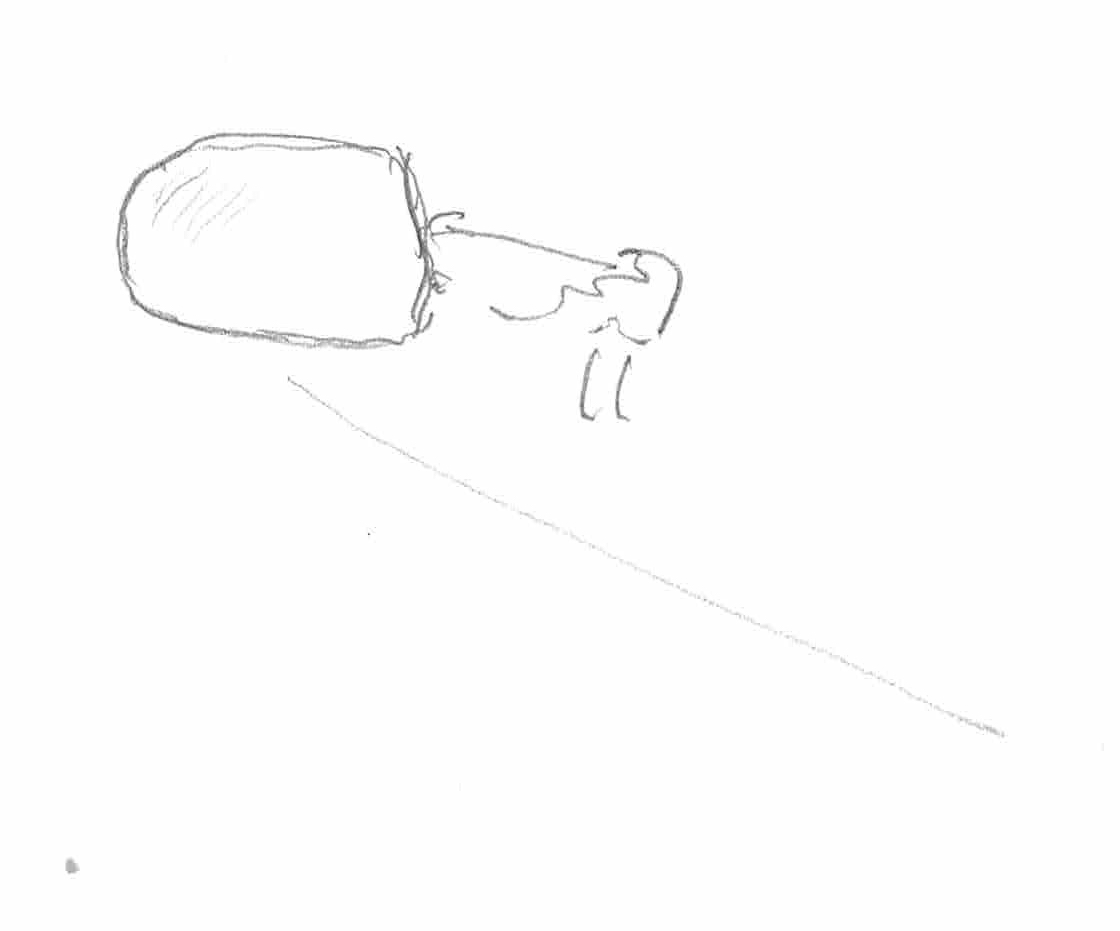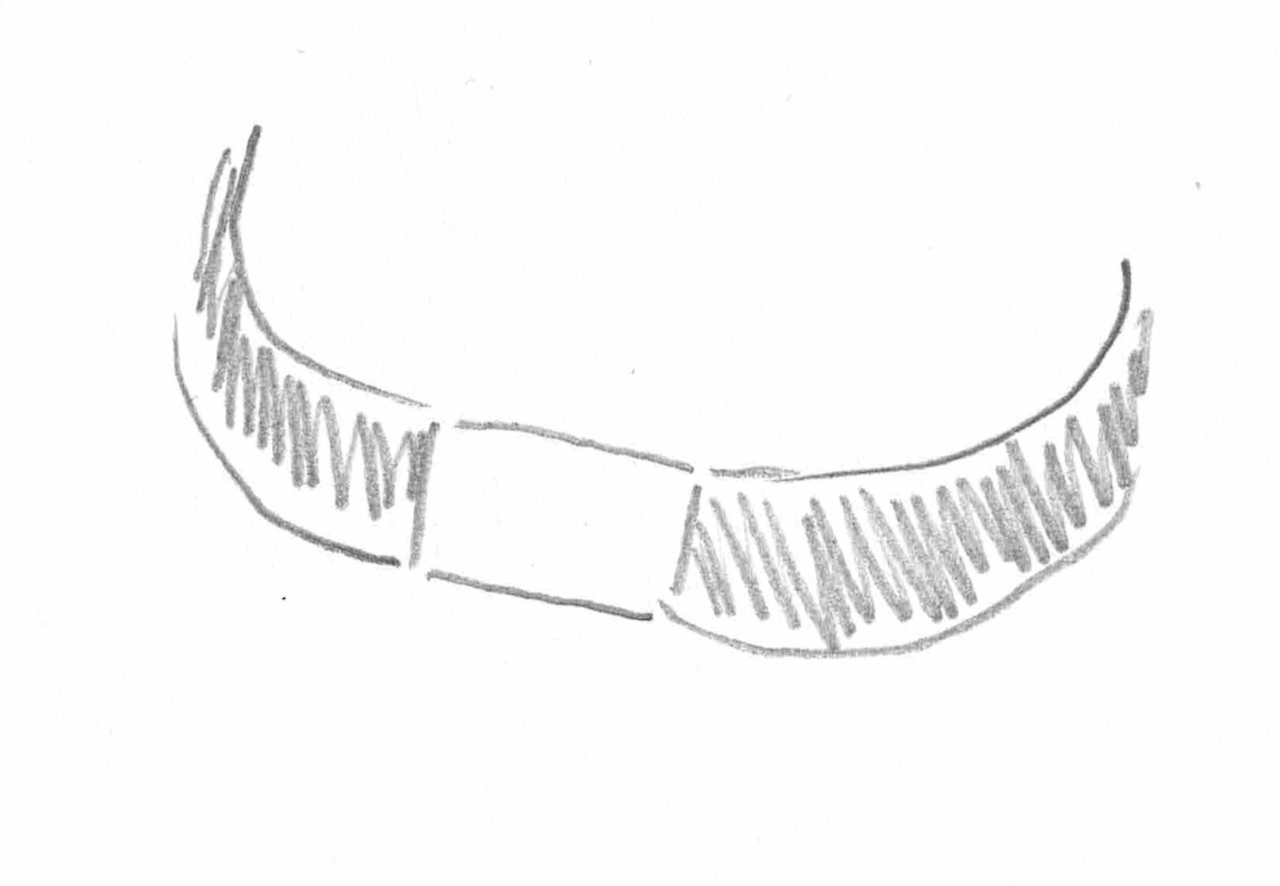Last evening I went on the radio because I’d been invited to speak on a segment of Victorian Evenings on 774 entitled ‘Shoptalk’, about being a music teacher. Someone had found me online when they searched for Melbourne music teacher (hey, wow) and invited me along. I had to submit some words particular to my teaching practice, and was to be quizzed on them. It took a little while for me to decide, wondering whether I was going to be in danger of talking down to people, which is something I never want to do, or whether I’d appear all too esoteric or some nonsense like that. I had the first word from the gate, but the others were negotiable right up until I submitted them.
I chose:
Counterpoint
Hemiola
Blues
Voicing
Free
Ear
Not all of them were attended to, but there was some good discussion and I felt very comfortable with the host, Casey Bennetto. My segment was preceded by an Ed Sheeran song, which is not something I myself would have selected, but while it was playing Casey challenged me to tell him what key it was in. I said, C-sharp minor, which, as he tested it on his guitar, was correct. He returned to this in the course of the interview, even though when I’d suggested ‘ear’ this was not what I was planning to talk about.
They had me down as a teacher but really of course I’m an improvising composer, and I don’t do all that much teaching these days. I’m available for it, but not a lot seems to come up.
What I said when asked directly about teaching is that I try to start from where the student is at. I have a precedent for this in, would you believe it, Arnold Schoenberg, about whom I have read exactly the same thing. I think it’s the only way to go. I have no inflexible method or plan for a student’s education; if everyone got the same thing there would be a certain dullness to the environment. I’d find it dull, too. And some could do whatever it was I was demanding, and others couldn’t, and then there’d be discouragement, and the love for music might get lost, and that would be ba-a-ad. For me, everyone’s experience is different, so students will come to me with all kinds of backstories (that’s not a word I like all that much, as it turns out, but it seems appropriate) so what I need to do as a teacher is assess their strengths, and their intentions, and endeavour to work from there. Their musical listening will vary enormously; there might be stuff that’s important that they already know about, or perhaps they’re really green and need to be told who Miles Davis was. I won’t be patronising about this; I’m here to share and to explore together might be one of the best parts of the experience. Maybe they’ll show me something I didn’t know.
Asked at the beginning of the interview about my own experience of teaching I elected to talk about the people who taught me and I realised as I spoke that one of the things for which I’m most grateful (apart from the tireless work of my classical teacher, over ten years) was the variety of things I got from the four jazz teachers I had. Each of them had something different. I had shared with the producer a post I made almost eleven years ago, in which I say at the end that ‘freedom comes from having a choice, which comes from knowing that there are a couple of options, which comes from having thought things out from a couple of different points of view.’ I stand by this.
To teach is, in a sense, to enable; to encourage, to support, to stretch, to challenge. One teaches oneself a lot of the stuff one knows, too, so it’s not all the ‘teacher”s work. In any case, I really enjoyed my conversation with Casey and if you wish to hear it and haven’t you can find it on the ABC Listen app under Victorian Evenings, 8 January 2025. It’s midway through.
Resolution: to put at least one post a month on this site this year. I could say one a week but would you believe it?! A week of the new year has gone by already!
9/i/2025

